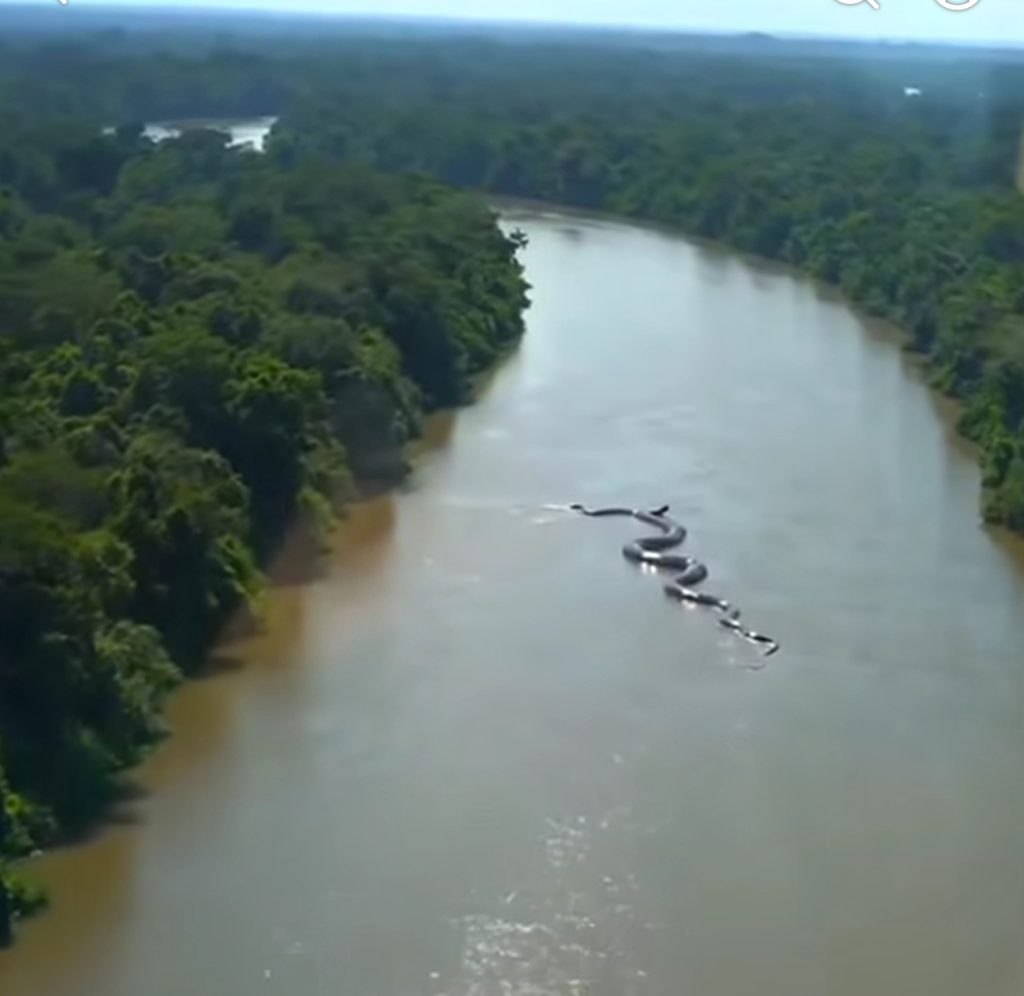
In a groundbreaking discovery in the Amazon rainforest, scientists have identified a new species of anaconda, the Eunectes akayima, or northern green anaconda. This colossal serpent, previously unknown to science, was found during an expedition led by Professor Bryan Fry from the University of Queensland, Australia, in collaboration with National Geographic’s “Pole to Pole with Will Smith” series. The team ventured into the remote Baihuaeri Waorani Territory in Ecuador’s Amazon, guided by indigenous Waorani hunters who consider these snakes sacred .(The Times of India, India Today)
The northern green anaconda is distinguished by its remarkable size and genetic divergence from the previously known southern green anaconda (Eunectes murinus). While both species share similar appearances, genetic analysis reveals a 5.5% difference, a significant divergence considering humans and chimpanzees differ by only about 2% .(ABC)
One of the most astonishing aspects of this discovery is the size of the northern green anaconda. During the expedition, scientists encountered a female measuring approximately 20.7 feet (6.3 meters) in length. Local Waorani hunters reported sightings of individuals exceeding 24.6 feet (7.5 meters) and weighing up to 1,100 pounds (500 kilograms), making it the largest snake species ever recorded .(CNN International)
This revelation has profound implications for our understanding of the Amazon’s biodiversity and the ecological roles of apex predators like the anaconda. The discovery underscores the importance of preserving these habitats, as the presence of such a formidable species indicates a healthy and balanced ecosystem. Conversely, threats like oil spills and deforestation pose significant risks to these environments and their inhabitants .(WFLA, ABC)
The northern green anaconda’s discovery not only adds a new chapter to the Amazon’s rich tapestry of life but also highlights the ongoing need for conservation efforts to protect these vital ecosystems.(The Times of India)




